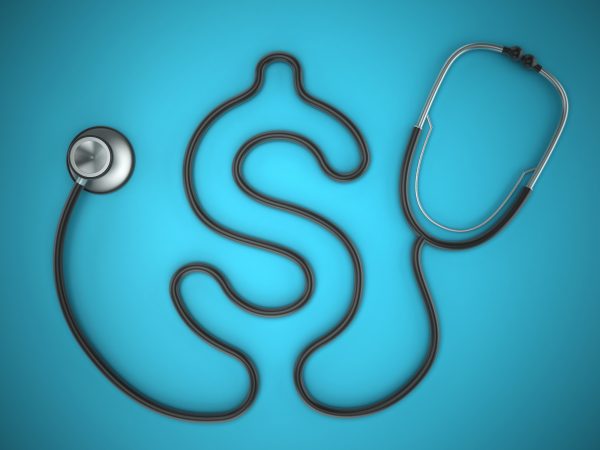
The continuing increase in healthcare costs for employers have meant companies are turning to innovative ways to control their health spend spend ranging from care navigation services to onsite primary care clinics to requiring workers to get procedures at specific clinics.
One relatively straightforward option? Simply paying employees to use price transparency tools and find lower-cost providers themselves.
A new study published in Health Affairs took a closer look at a rewards program offered by Blue Cross Blue Shield plans in Illinois, Montana, New Mexico, Oklahoma and Texas that paid workers an amount ranging from $25 to $250 for using a price transparency tool and selecting a lower-cost provider for 131 different elective medical procedures.
The evaluation included 270,000 enrollees across 29 different employers who offered the program as part of their PPO plan in 2017.
Researchers found that while only 8 percent of enrollees used the price shopping tools, that was enough to save payers around $2.3 million in the 12 months examined in the study (equal to a 2.1 percent reduction in the average price paid for services). When factoring in administration costs, the program savings totaled around $8 per enrollee over 12 months.
The greatest impact was seen in imaging services, with MRIs in particular seeing a 4.7 percent decrease in the price paid. Surgical procedures and CT scans saw little in the way of average price reductions.

A Deep-dive Into Specialty Pharma
A specialty drug is a class of prescription medications used to treat complex, chronic or rare medical conditions. Although this classification was originally intended to define the treatment of rare, also termed “orphan” diseases, affecting fewer than 200,000 people in the US, more recently, specialty drugs have emerged as the cornerstone of treatment for chronic and complex diseases such as cancer, autoimmune conditions, diabetes, hepatitis C, and HIV/AIDS.
Average reward payment to participants ranged from $41 for ultrasounds to $409 for major surgeries. One important aspect not studied by researchers was whether healthcare quality or outcomes were impacted by the choice of lower priced options.
While other benefits programs have been shown to have greater impact on healthcare spend, rewarding patients for being better healthcare consumers doesn’t come with a negative downside risk for workers.
“Reward programs are less likely to cause financial hardship and create controversy among employees,” said Christopher Whaley, the study’s lead author and an associate policy researcher at RAND said in a statement.
Reference pricing, for example, has been shown to cut healthcare spending by up 15 percent per procedure, but could potentially leave patients paying the large balance left after meeting that reference price cap.
“This strategy is appealing to employers because, compared to alternatives like high-deductible health plans or reference pricing, which limits reimbursement to a set price, offering a cash reward encourages patients to price shop without exposing them to increased out-of-pocket costs,” Ateev Mehrotra, co-author of the study and an associate professor at Harvard Medical School, said in a statement.
Photo: adventtr, Getty Images
Correction: The article initially stated that the data was collected over 2018.












